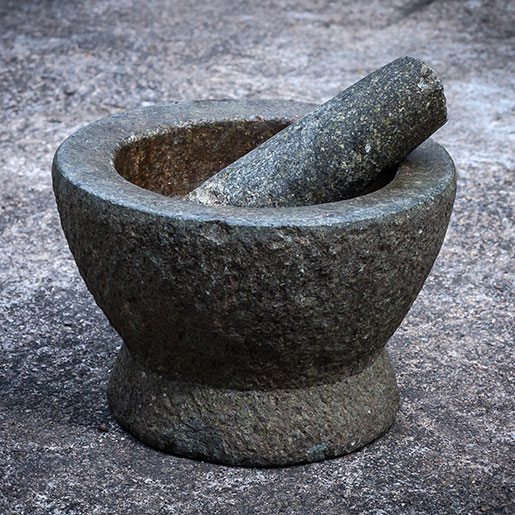Medically reviewed by Cynthia Taylor Chavoustie, MPAS, PA-C — Written by Michael Kerr — Updated on May 11, 2020
Overview
Many people are confused when it comes to the differences between inflammatory bowel disease (IBD), Crohn’s disease, and ulcerative colitis (UC). The short explanation is that IBD is the umbrella term for the condition under which both Crohn’s disease and UC fall. But there is, of course, much more to the story.
Both Crohn’s and UC are marked by an abnormal response by the body’s immune system, and they may share some symptoms.
However, there are important differences as well. These distinctions primarily include the location of the maladies in the gastrointestinal (GI) tract and the way each disease responds to treatment. Understanding these features is key to obtaining a proper diagnosis from a gastroenterologist.
Inflammatory bowel disease
IBD was seldom seen before the rise of improved hygiene and urbanization at the beginning of the 20th century.
Today, it’s still found mainly in developed countries such as the United States. Like other autoimmune and allergic disorders, it’s believed that a lack of germ resistance development has partly contributed to diseases such as IBD.
In people with IBD, the immune system mistakes food, bacteria, or other materials in the GI tract for foreign substances and responds by sending white blood cells into the lining of the bowels. The result of the immune system’s attack is chronic inflammation. The word “inflammation” itself comes from the Greek word for “flame.” It literally means “to be set on fire.”
Crohn’s and UC are the most common forms of IBD. Less common IBDs include:
- microscopic colitis
- diverticulosis-associated colitis
- collagenous colitis
- lymphocytic colitis
- Behçet’s disease
IBD may strike at any age. Many with IBD are diagnosed before the age of 30, but can be diagnosed later in life. It’s more common in:
- people in higher socioeconomic brackets
- people who are white
- people who eat high-fat diets
It’s also more common in the following environments:
- industrialized countries
- northern climates
- urban areas
Aside from environmental factors, genetic factors are believed to play a strong role in the development of IBD. Therefore, it’s considered to be a “complex disorder.”
For many forms of IBD, there is no cure. Treatment is centered around management of symptoms with remission as a goal. For most, it’s a lifelong disease, with alternating periods of remission and flare-up. Modern treatments, however, allow people to live relatively normal and productive lives.
IBD shouldn’t be confused with irritable bowel syndrome (IBS). While some symptoms may be similar at times, source and course of the conditions differ quite significantly.
Crohn’s disease
Crohn’s disease may affect any part of the GI tract from the mouth to the anus, although it’s most often found at the end of the small intestine (small bowel) and the beginning of the colon (large bowel).
Symptoms of Crohn’s disease can include:
- frequent diarrhea
- occasional constipation
- abdominal pain
- fever
- blood in the stool
- fatigue
- skin conditions
- joint pain
- malnutrition
- weight loss
- fistulas
Unlike with UC, Crohn’s isn’t limited to the GI tract. It may also affect the skin, eyes, joints, and liver. Since symptoms usually get worse after a meal, people with Crohn’s will often experience weight loss due to food avoidance.
Crohn’s disease can cause blockages of the intestine from scarring and swelling. Ulcers (sores) in the intestinal tract may develop into tracts of their own, known as fistulas. Crohn’s disease can also increase the risk of colon cancer, which is why people living with the condition must have regular colonoscopies.
Medication is the most common way to treat Crohn’s disease. The five types of drugs are:
- steroids
- antibiotics (if infections or fistulas cause abscesses)
- immune modifiers, such as azathioprine and 6-MP
- aminosalicylates, such as 5-ASA
- biologic therapy
Some cases may also require surgery, although surgery won’t cure Crohn’s disease.











